Famous photos of the 20th century
The 20th century was a time of great change and upheaval, and its most iconic images capture moments that defined history. From the triumphs of human achievement to the depths of human tragedy, these photographs not only document events but also evoke powerful emotions and memories. They serve as a visual timeline, reminding us of how far we’ve come and the stories that have shaped our world.
The Birth of Photojournalism: The Hindenburg Disaster
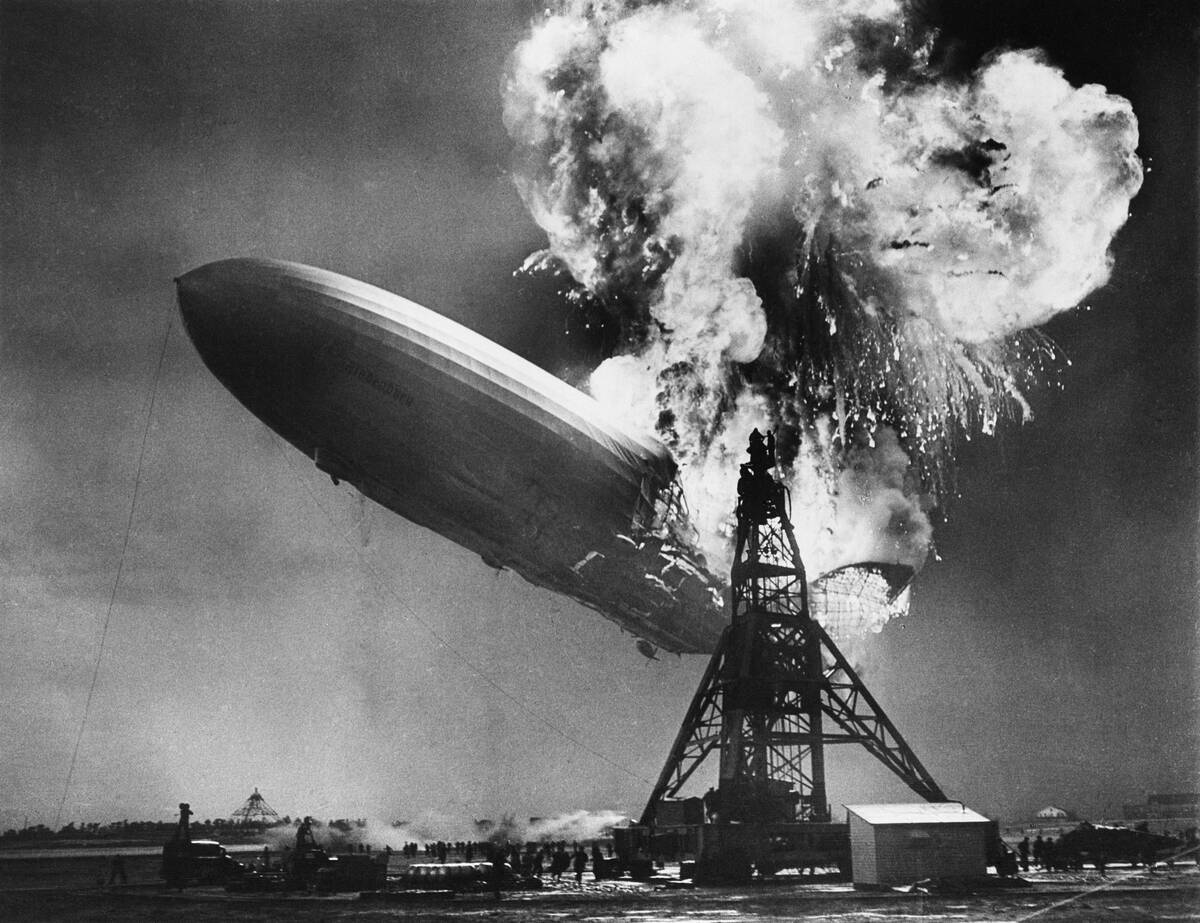
The Hindenburg disaster in 1937 marked a pivotal moment in photojournalism. As the German airship burst into flames while attempting to land in New Jersey, photographers captured the chaos and devastation, forever etching the image into public consciousness. This tragic event showcased the power of photography to convey emotion and urgency, influencing how news was reported and consumed in the years to follow.
The Power of Protest: The Tiananmen Square Tank Man

In 1989, an unknown man standing in front of a line of tanks in Tiananmen Square became an enduring symbol of resistance. This powerful image, captured during the protests in Beijing, highlighted the struggle for democracy and human rights in China. The photograph’s impact extended beyond the immediate event, inspiring movements worldwide and illustrating the courage of individuals standing against oppression.
A Leap for Mankind: Neil Armstrong on the Moon
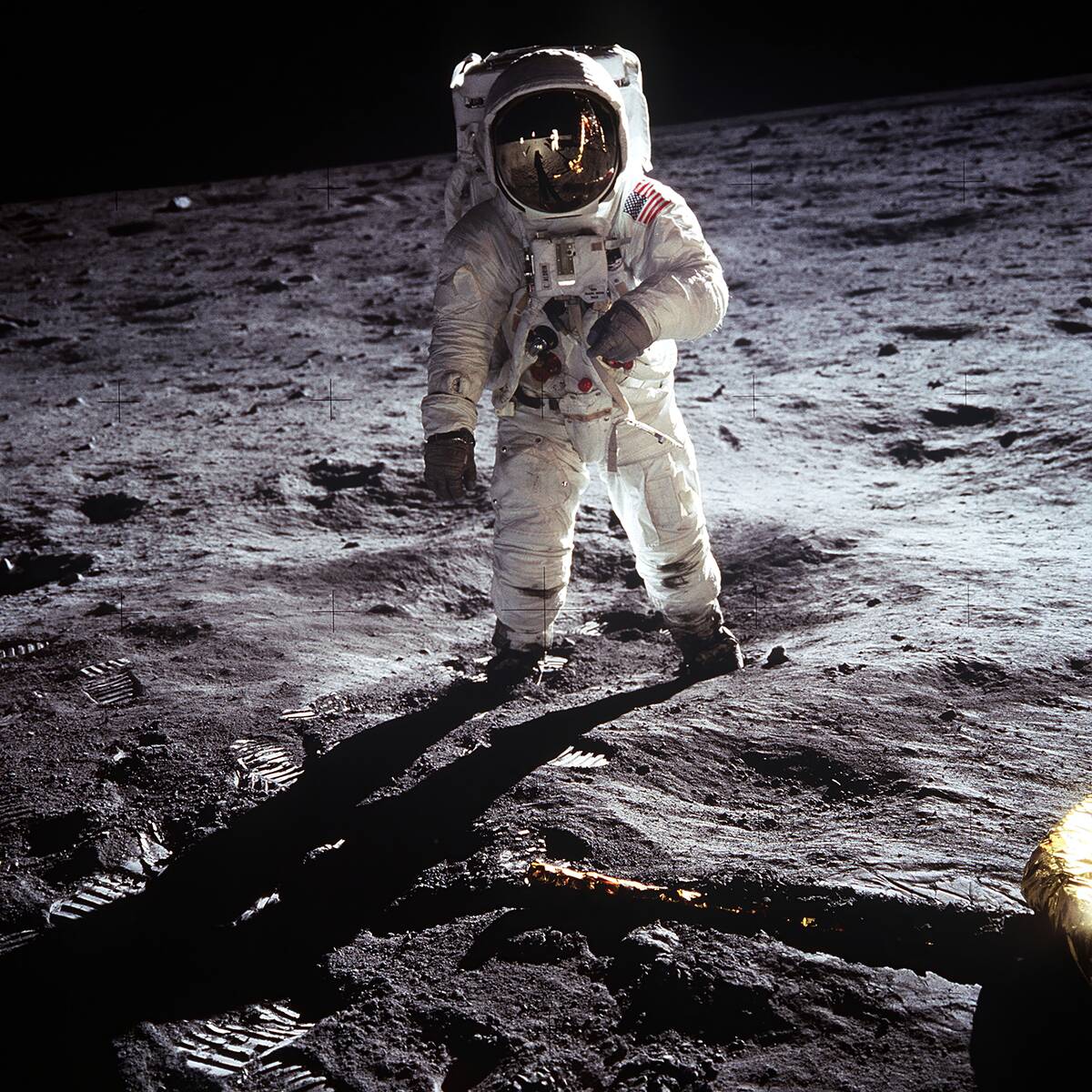
Neil Armstrong’s first steps on the moon in 1969 were a monumental achievement for humanity. The iconic image of the astronaut standing on the lunar surface symbolized the culmination of the space race and human ingenuity. It was a moment that united people around the globe, showcasing the possibilities of exploration and the boundless potential of human endeavor.
The Kiss that Captivated a Nation: V-J Day in Times Square
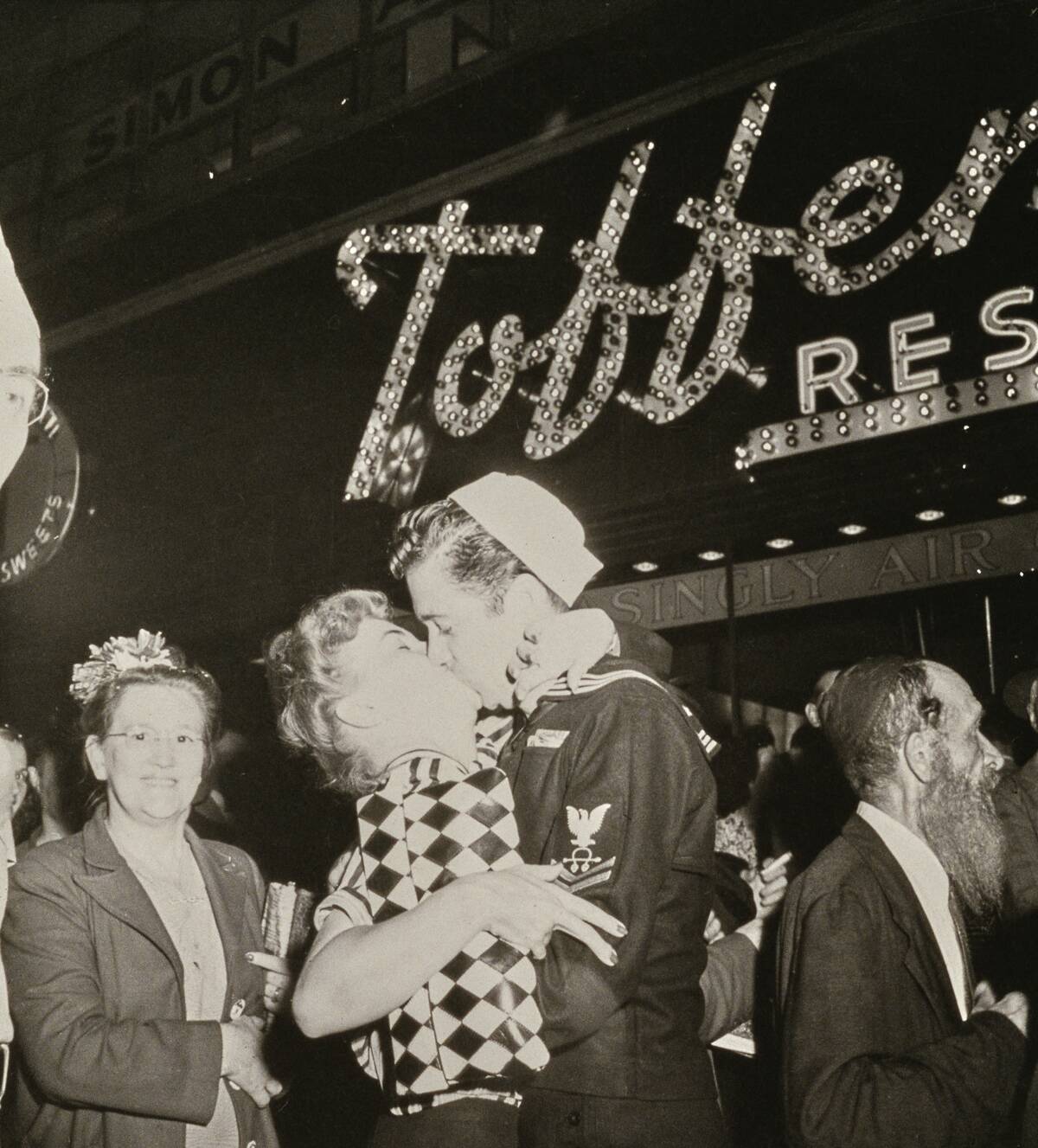
The spontaneous kiss between a sailor and a woman in Times Square on V-J Day in 1945 captured the joy and relief of a nation celebrating the end of World War II. This photograph, snapped by Alfred Eisenstaedt, became a symbol of hope and new beginnings. It resonated with many, encapsulating a moment of pure, unrestrained happiness amidst the backdrop of a world recovering from conflict.
Defiance in the Face of Danger: Rosa Parks and the Montgomery Bus Boycott
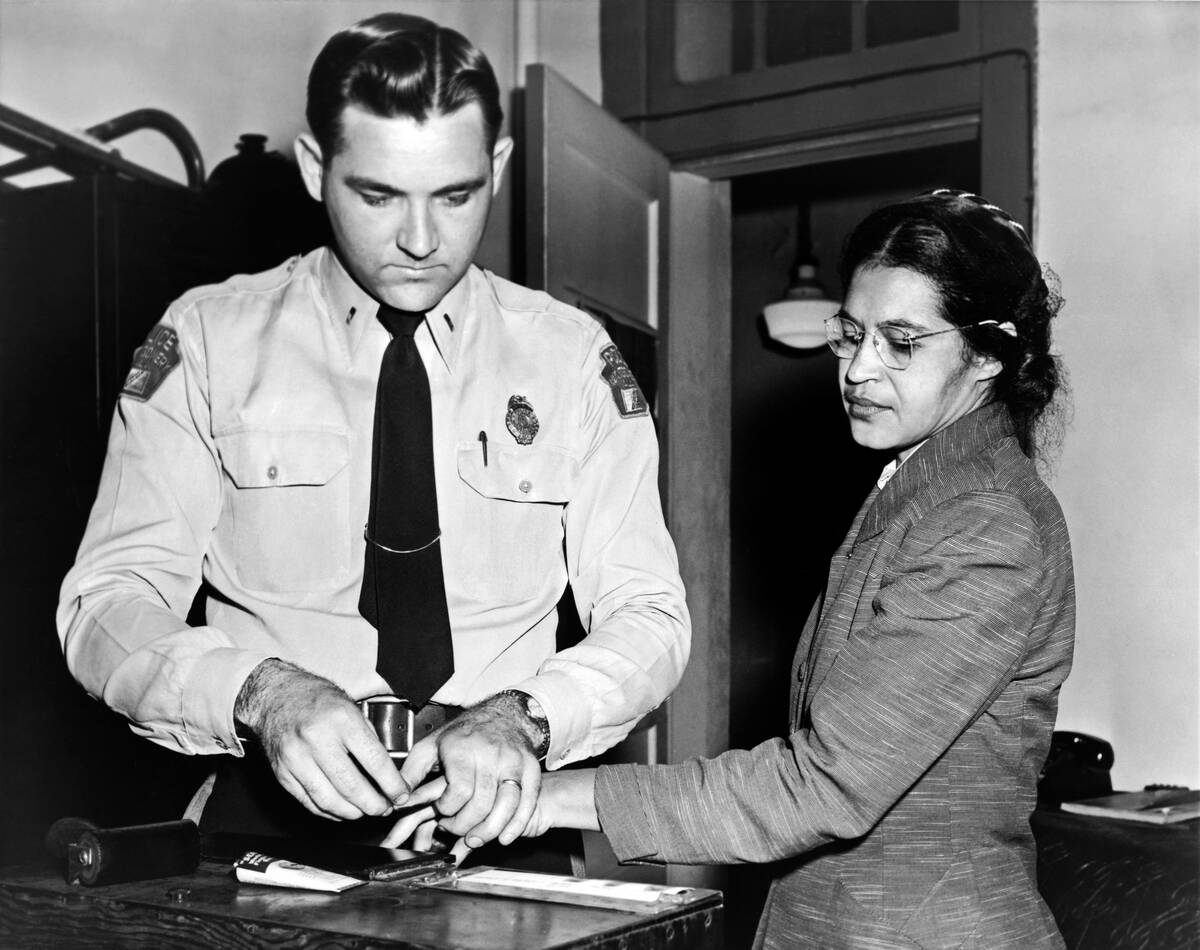
Rosa Parks’ quiet act of defiance on a Montgomery bus in 1955 sparked a pivotal movement in the fight for civil rights. Her arrest for refusing to give up her seat to a white person led to the Montgomery Bus Boycott, a 381-day protest that resulted in a Supreme Court ruling against segregation. The boycott highlighted the power of peaceful protest in the struggle for equality.
Humanity in Hardship: Migrant Mother by Dorothea Lange
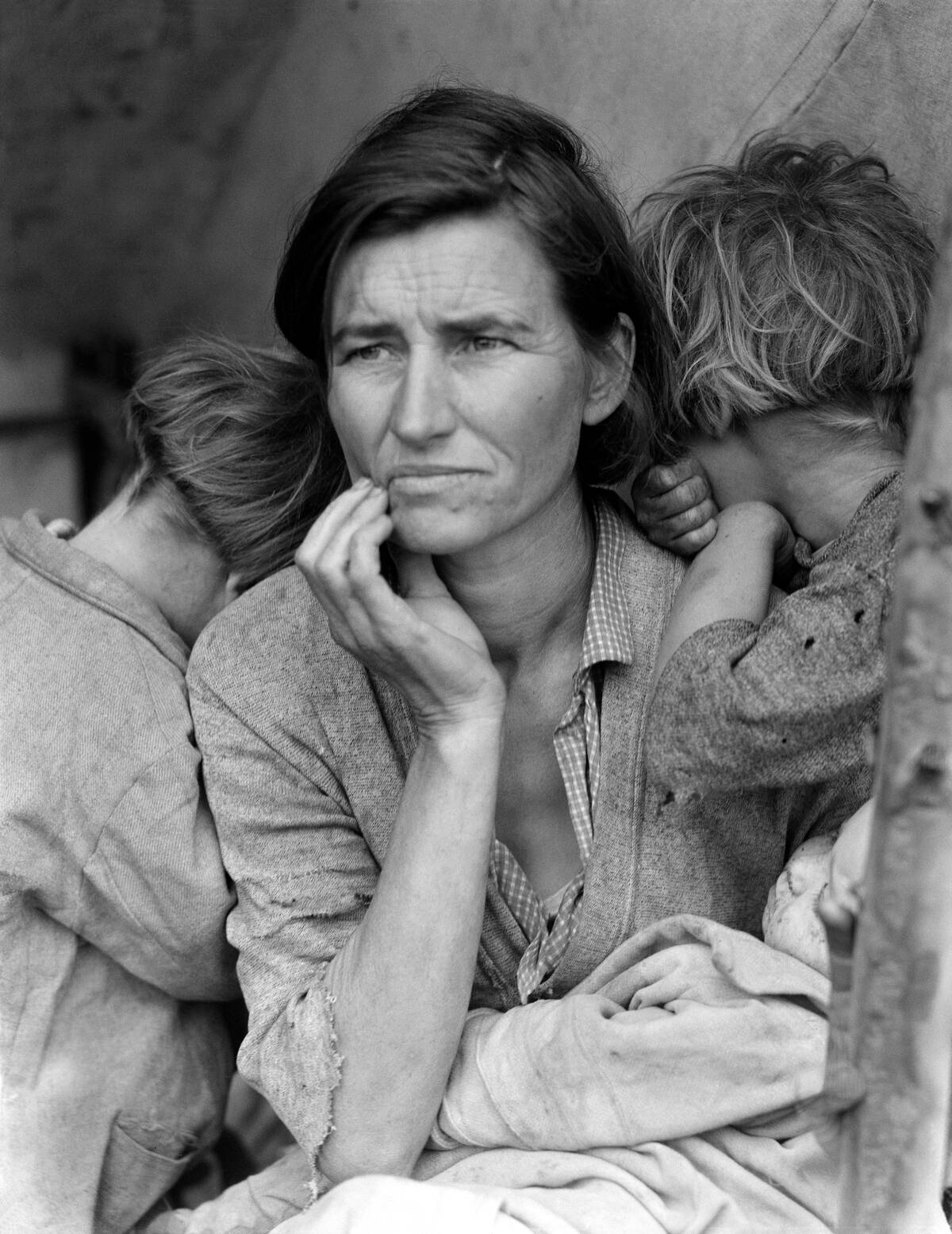
Dorothea Lange’s “Migrant Mother,” taken during the Great Depression, is a poignant portrayal of resilience amidst hardship. The photograph of Florence Owens Thompson and her children became a symbol of the suffering endured by many during this era. Lange’s work not only raised awareness but also helped to galvanize support for New Deal programs aimed at providing relief to struggling Americans.
The Face of Freedom: Martin Luther King Jr. at the Lincoln Memorial
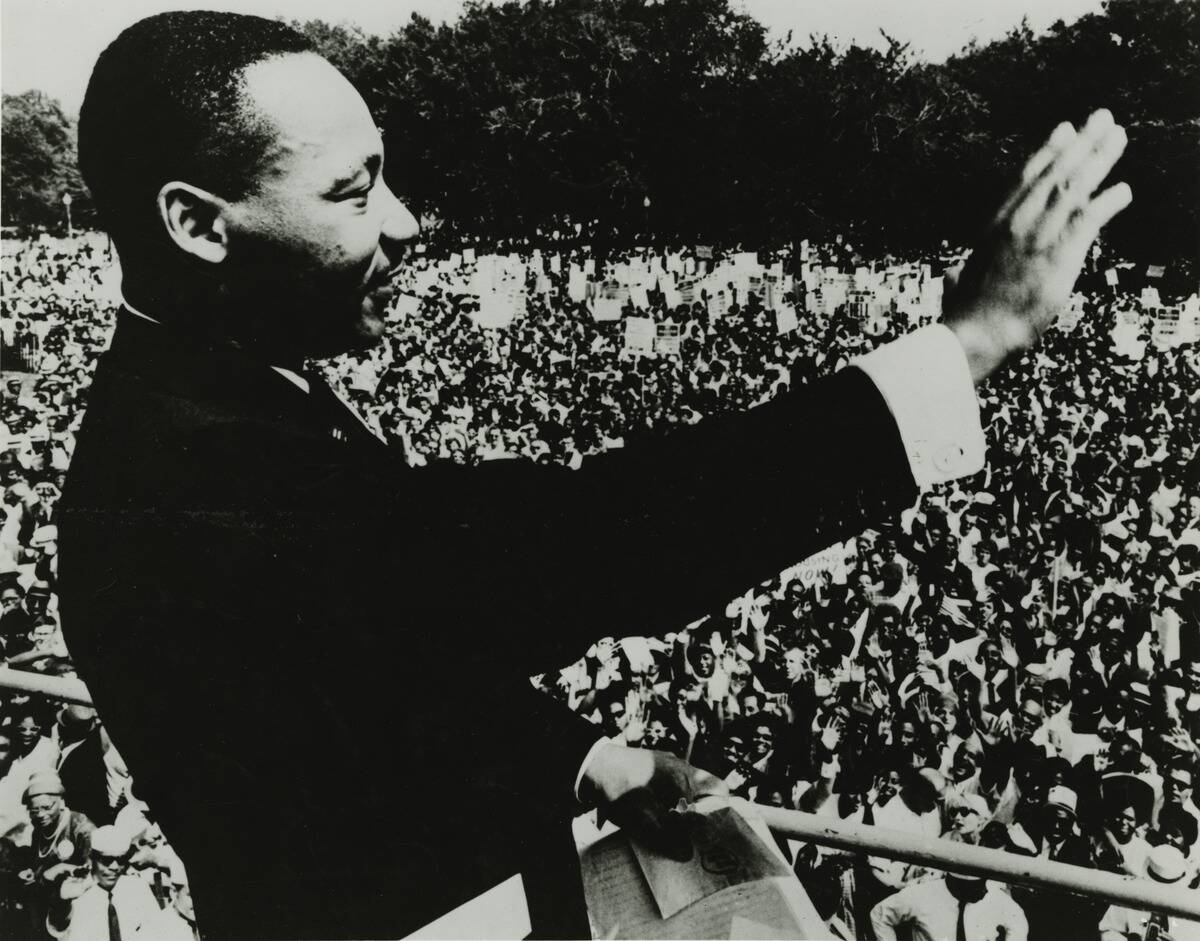
The image of Martin Luther King Jr. delivering his “I Have a Dream” speech at the Lincoln Memorial in 1963 is an enduring symbol of the civil rights movement. King’s powerful oration and the photographs of that day galvanized a nation to strive for equality and justice. The event drew a crowd of over 250,000 people, marking a pivotal moment in the fight against racial discrimination.
A Glimpse of Royalty: Queen Elizabeth’s Coronation
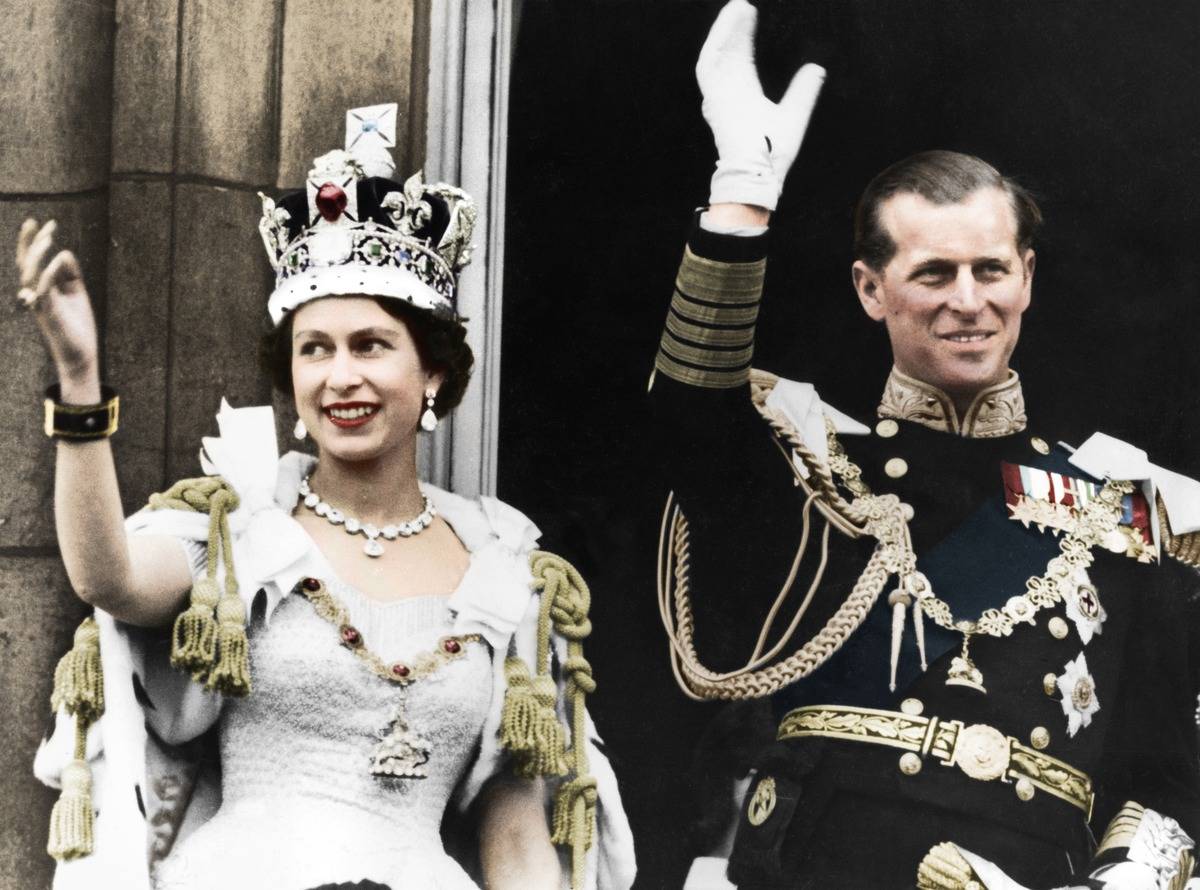
The coronation of Queen Elizabeth II in 1953 was a momentous occasion, broadcast to millions on television for the first time. The photographs from Westminster Abbey showcased the splendor and tradition of the British monarchy, as well as the young queen’s poise and grace. This event marked the beginning of a new era for Britain and the Commonwealth, with Elizabeth’s reign symbolizing continuity and change.
The Dawn of a New Era: Einstein Sticking His Tongue Out
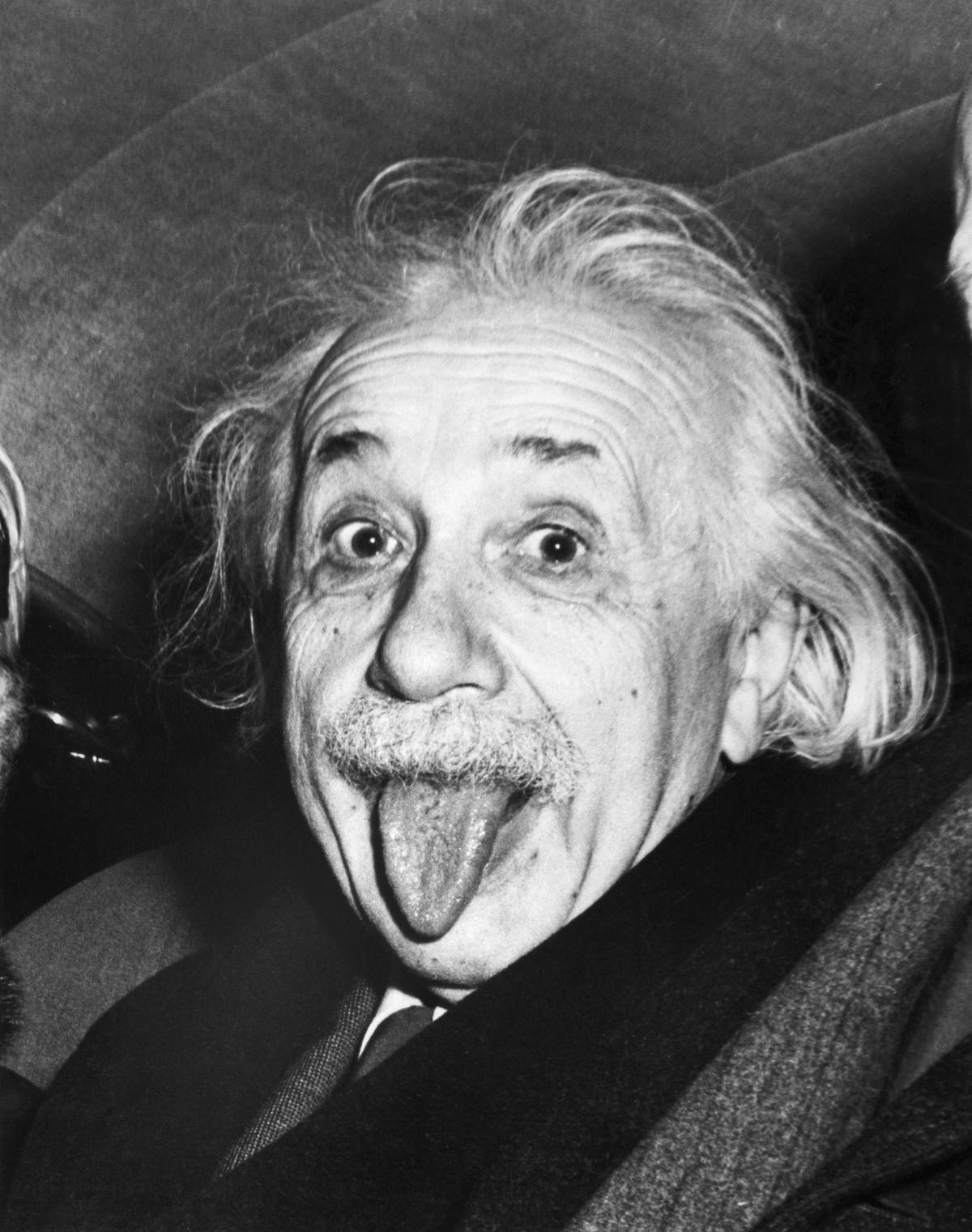
Albert Einstein’s playful image, taken in 1951, is a lighthearted departure from the typical portrayal of a serious scientist. Captured by photographer Arthur Sasse, Einstein’s cheeky pose became an icon of the eccentric genius. This photograph humanized Einstein, showing a humorous side that endeared him to the public and emphasized the importance of creativity and curiosity in scientific discovery.
The Symbol of Rebellion: Che Guevara’s Portrait
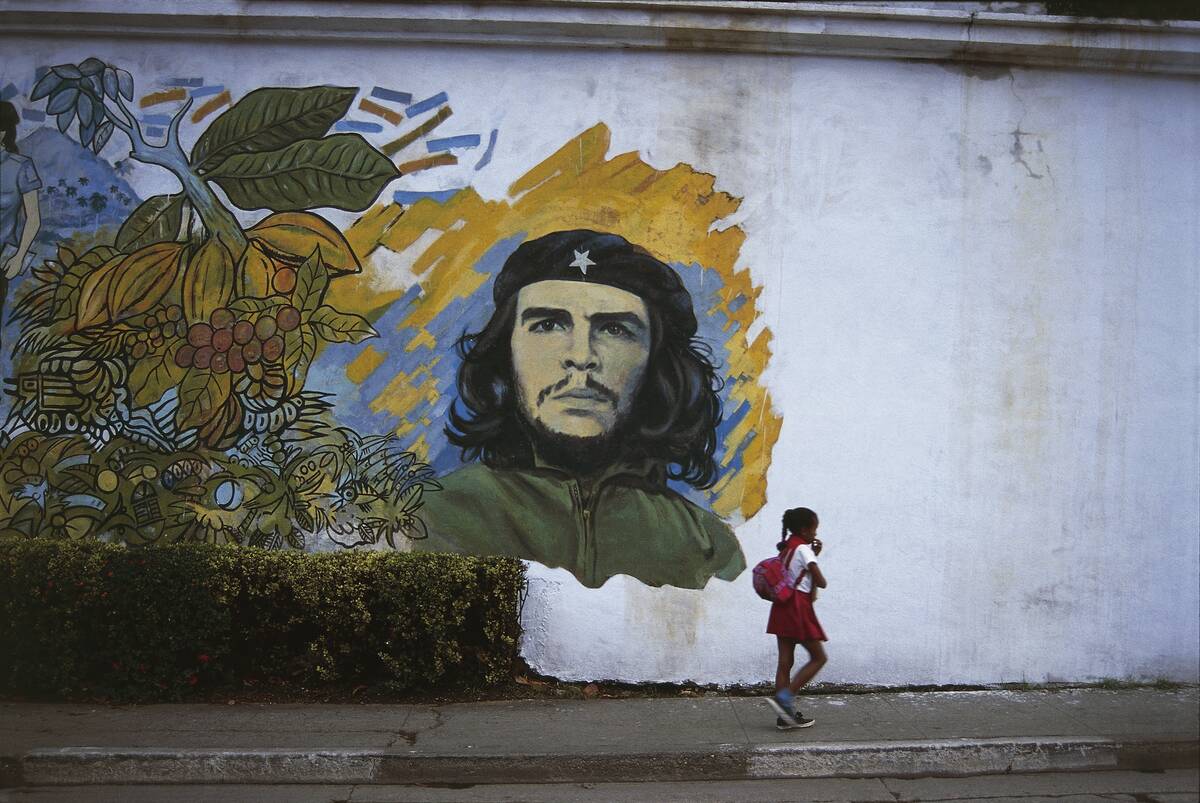
The portrait of Che Guevara, taken by Alberto Korda in 1960, has become a universal symbol of rebellion and revolutionary spirit. Known as “Guerrillero Heroico,” this image of Guevara in his beret is one of the most reproduced photographs in history. It represents ideals of resistance and change, resonating with those who seek to challenge the status quo and fight for social justice.
The Spectacle of Sport: Muhammad Ali vs. Sonny Liston
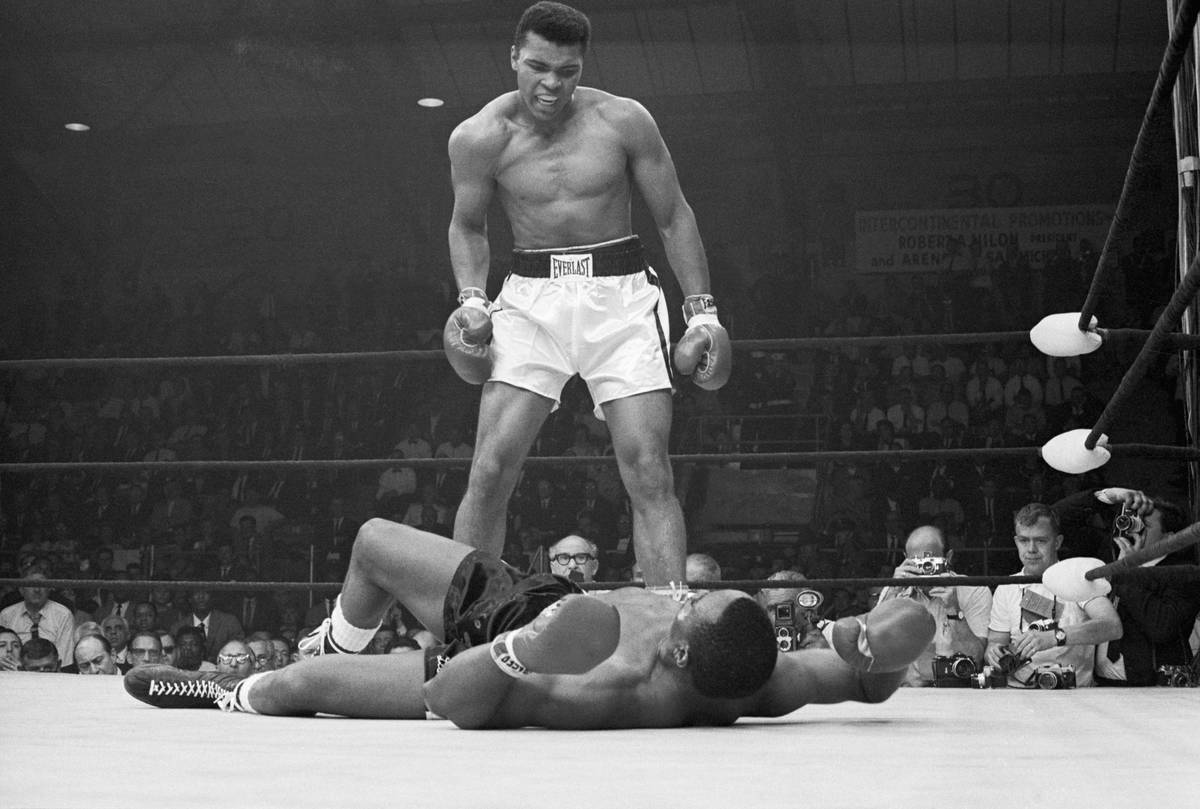
The photograph of Muhammad Ali standing over Sonny Liston in their 1965 rematch is one of sports history’s most iconic images. Captured by Neil Leifer, it encapsulates Ali’s confidence and prowess in the boxing ring. This moment symbolizes not just a victory in sport, but also Ali’s larger-than-life persona and his impact on cultural and social movements beyond the realm of athletics.
The Voice of a Generation: The Woodstock Festival
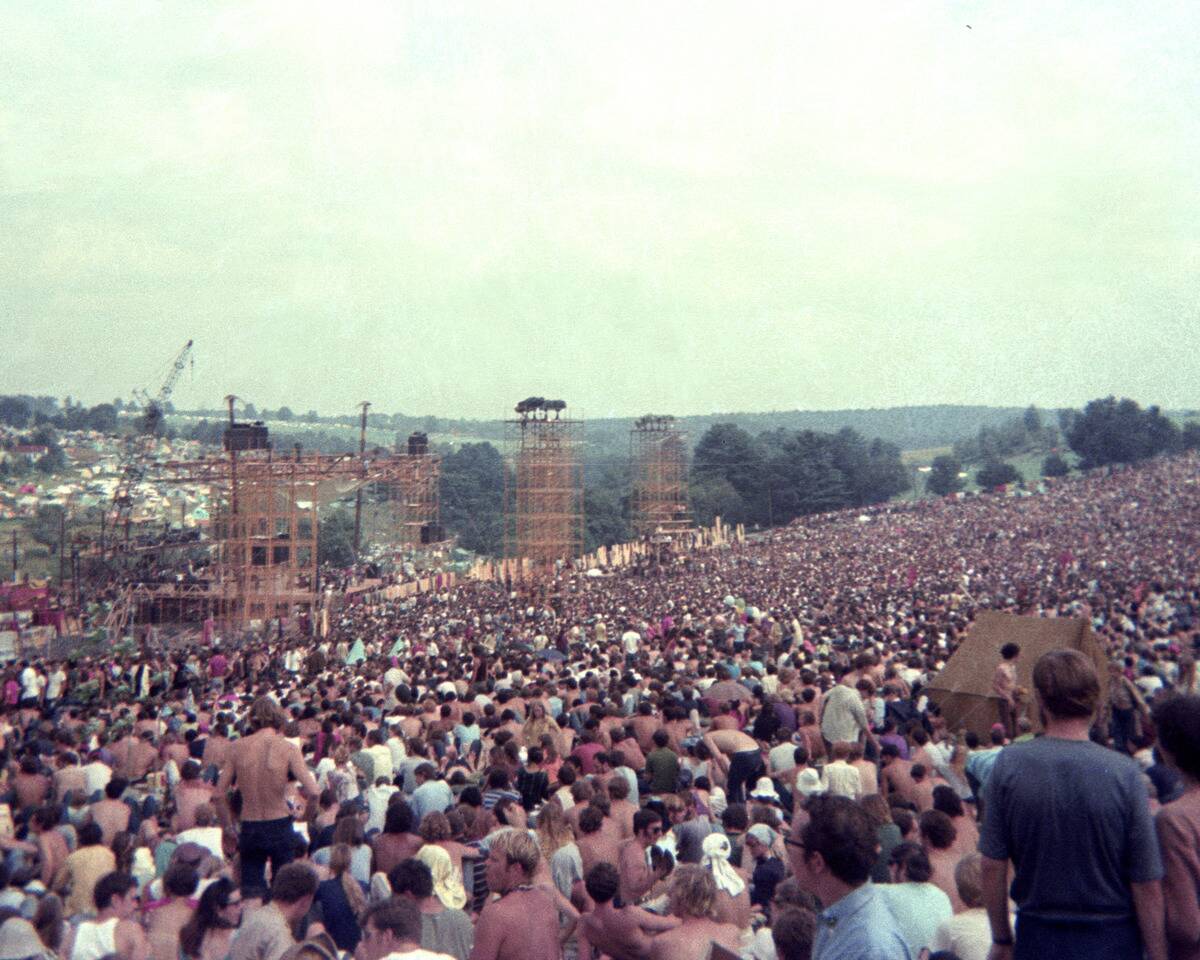
The Woodstock Festival in 1969 was a defining moment for the counterculture movement of the 1960s. Photographs of the event capture the spirit of peace, love, and music that characterized the era. With performances by legendary artists and an audience that swelled to over 400,000, Woodstock became a symbol of the power of music to bring people together and challenge societal norms.
Love and Loss: The Assassination of John F. Kennedy
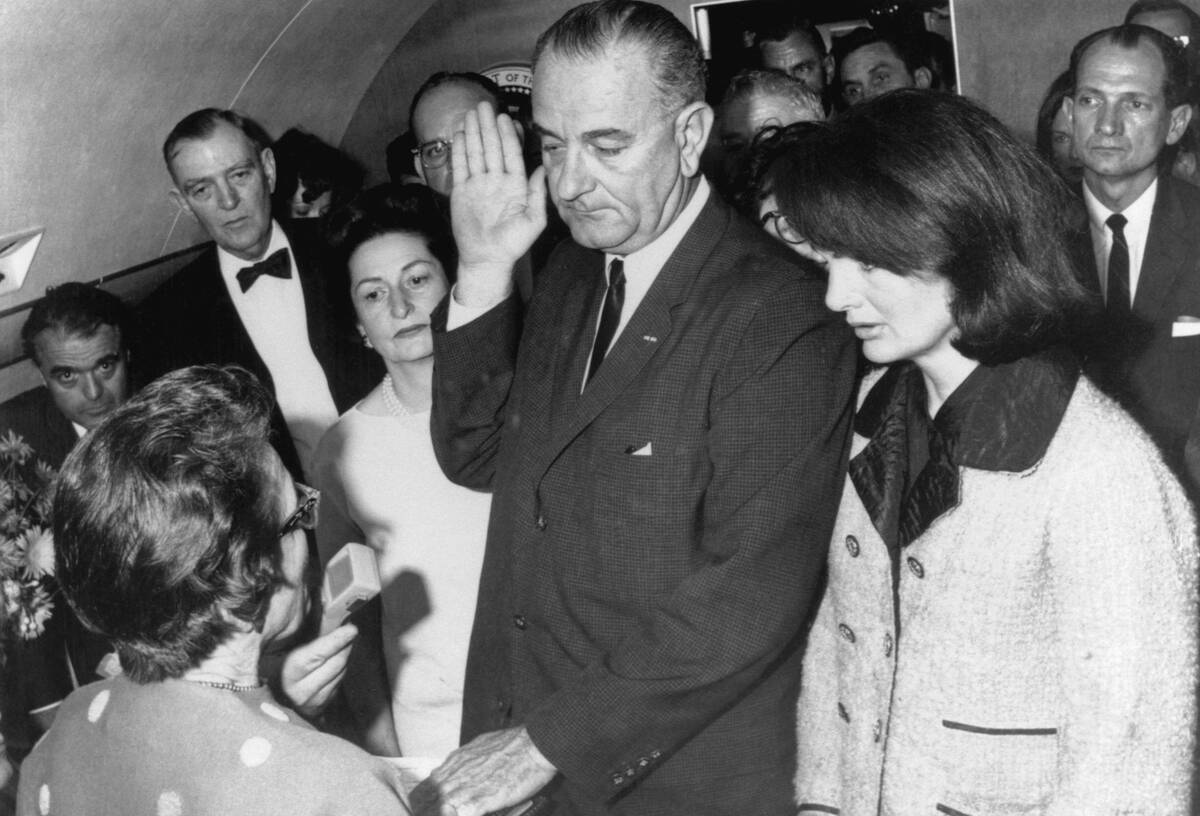
The assassination of President John F. Kennedy in 1963 was a moment that shocked the world. Photographs from that day, including the iconic image of Jackie Kennedy in her blood-stained suit, capture the profound sense of loss and tragedy. Kennedy’s death marked a turning point in American history, leaving an indelible impact on the nation’s psyche and setting the stage for tumultuous years ahead.
The Collapse of an Icon: The Fall of the Berlin Wall
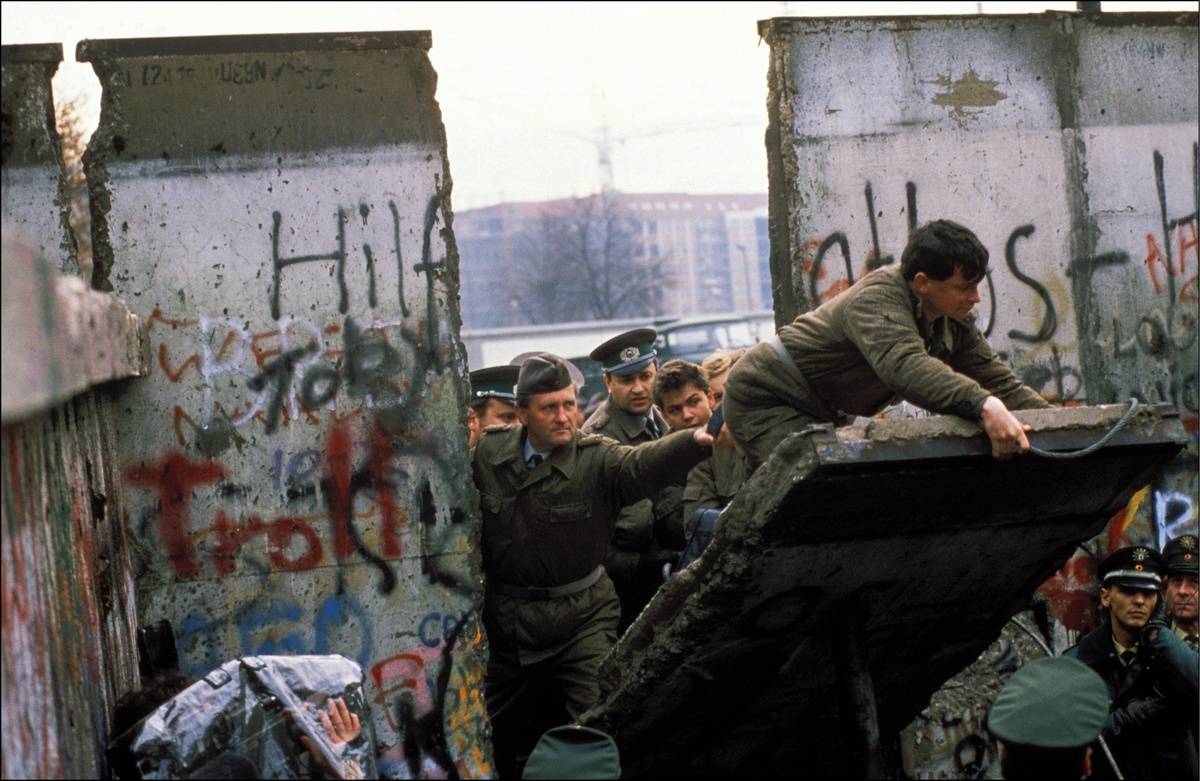
The fall of the Berlin Wall in 1989 was a jubilant moment that marked the end of the Cold War. Images of people celebrating atop the wall, breaking it apart with hammers and pickaxes, symbolize the triumph of freedom over division. This event not only reunited a city but also heralded a new era of openness and cooperation in Europe, reshaping the geopolitical landscape for generations.



